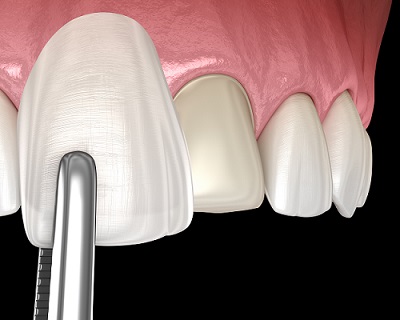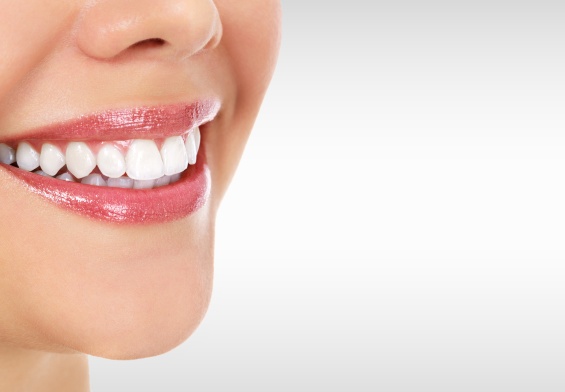A straight and confident smile can be a game-changer for your self-esteem and overall oral health. If you’re considering orthodontic treatment, Invisalign might have caught your attention as an inconspicuous option. In this comprehensive guide, we’ll help you determine if Invisalign aligners are the right choice for you. We’ll delve into the advantages and disadvantages of Invisalign, assess who is a suitable candidate, explore alternative orthodontic options, and provide insights into the cost, as well as reviews of real-life Invisalign success stories.
Understanding Invisalign
Before we weigh the factors influencing your decision, let’s start with a brief overview of Invisalign.
Invisalign is a modern orthodontic treatment that employs a series of clear, removable aligners to gradually straighten teeth. These aligners are custom-designed to fit your teeth precisely, and when worn, they are nearly invisible. Invisalign is renowned for its comfort and convenience, but it’s essential to weigh both its merits and drawbacks before making a decision.
Invisalign Pros and Cons
Invisalign Benefits
1. Discreet: Invisalign aligners are almost imperceptible when worn, making them an attractive choice for individuals who desire a more discreet orthodontic treatment.
2. Comfortable: Crafted from smooth, comfortable materials, Invisalign aligners minimize the irritation commonly associated with traditional braces.
3. Removable: Invisalign aligners can be easily removed for eating, brushing, and flossing, allowing you to maintain optimal oral hygiene with ease.
4. Effective: Invisalign has demonstrated high effectiveness in straightening teeth and addressing various orthodontic issues.
Invisalign Risks
1. Compliance: The success of Invisalign hinges on consistently wearing the aligners for a minimum of 22 hours each day. Patients who struggle with compliance may not achieve the desired results.
2. Limited Suitability for Complex Cases: While Invisalign can accommodate a wide range of orthodontic issues, extremely complex cases, such as severe overbites, underbites, or severely rotated teeth, may necessitate the use of traditional braces.
Invisalign Candidacy: Who Is a Good Candidate for Invisalign?
Invisalign is a versatile treatment option, but suitability varies among individuals. Several factors determine whether you are a suitable candidate for Invisalign:
- Mild to Moderate Issues: Invisalign is ideal for correcting mild to moderate orthodontic issues, including crowded teeth, gaps, and mild bite problems.
- Adults and Teens: Both adults and responsible teenagers can benefit from Invisalign aligners, provided they are committed to adhering to the treatment plan.
- Commitment to Compliance: Achieving success with Invisalign necessitates unwavering dedication to wearing the aligners for the recommended duration each day.
- Good Oral Health: Establishing good oral health before commencing Invisalign treatment is essential, as existing dental issues could potentially worsen during orthodontic treatment.
Who Is Not a Good Candidate for Invisalign?
While Invisalign is a suitable option for many, it may not be the optimal choice for everyone. Invisalign might not be the best fit if:
- Severe Orthodontic Issues: Cases that involve extremely complex orthodontic problems may not be effectively addressed with Invisalign, and traditional braces might be more appropriate.
- Young Children: Invisalign is generally not recommended for very young children who may not have the responsibility required to follow the treatment plan diligently.
- Difficulty with Compliance: If you foresee difficulties in adhering to the requirement of wearing the aligners for the recommended hours each day, Invisalign may not yield the desired results.
Invisalign Alternatives
If Invisalign does not align with your needs and preferences, several alternative orthodontic treatments are worth considering:
1. Traditional Braces: Traditional braces, available in metal or ceramic, are highly effective for addressing all types of orthodontic issues, including complex cases.
2. Clear Aligners: Similar to Invisalign, clear aligner systems such as ClearCorrect and SmileDirectClub offer discreet teeth-straightening options.
3. Lingual Braces: Lingual braces are placed on the back of your teeth, rendering them virtually invisible from the front.
4. Ceramic Braces: Ceramic braces are less conspicuous than traditional metal braces and are suitable for addressing various orthodontic problems.
Invisalign vs. Braces
Deciding between Invisalign and braces hinges on your specific needs and preferences:
- Invisalign offers a discreet and removable option, making it ideal for those who desire a more aesthetically pleasing treatment experience.
- Braces are fixed appliances that are highly effective for addressing all types of orthodontic issues, making them suitable for complex cases.
Invisalign vs. Clear Aligners
Invisalign is not the sole provider of clear aligners; there are alternative options to consider:
- Invisalign boasts a reputable history of success and research, making it a trusted choice in the field.
- Other clear aligner systems may offer cost savings, but they may have limitations concerning treatment options and quality.
Invisalign Cost and Payment Options
The cost of Invisalign varies based on factors such as your location, the complexity of your case, and the anticipated duration of treatment. On average, Invisalign costs range from $3,000 to $8,000. It’s essential to engage in a thorough discussion about costs with your orthodontist and explore various payment options. These options may include insurance coverage, flexible payment plans, or utilizing health savings accounts (HSAs) to make the treatment more affordable.
Invisalign Reviews and Success Stories
Gaining insight from Invisalign reviews and success stories shared by actual patients can provide valuable perspectives on the treatment experience and outcomes. Many patients express their delight with Invisalign results, often citing increased confidence and improved oral health as significant benefits.
Invisalign Decision: Your Path to a Perfect Smile
Is Invisalign the right orthodontic choice for you? In many cases, it can be the ideal solution if you seek a discreet, comfortable, and effective way to straighten your teeth. Nevertheless, determining whether you are a suitable candidate for Invisalign involves assessing multiple factors, such as the complexity of your orthodontic issues, your commitment to compliance, and your age.
Before reaching a decision, it is crucial to weigh the advantages and disadvantages, explore alternative options, and consult with an experienced orthodontist who can evaluate your unique needs. Remember that achieving a beautiful smile is an investment in your self-confidence and overall oral health. Whether you opt for Invisalign or another orthodontic treatment, the ultimate goal remains consistent: attaining the smile you’ve always dreamed of.




